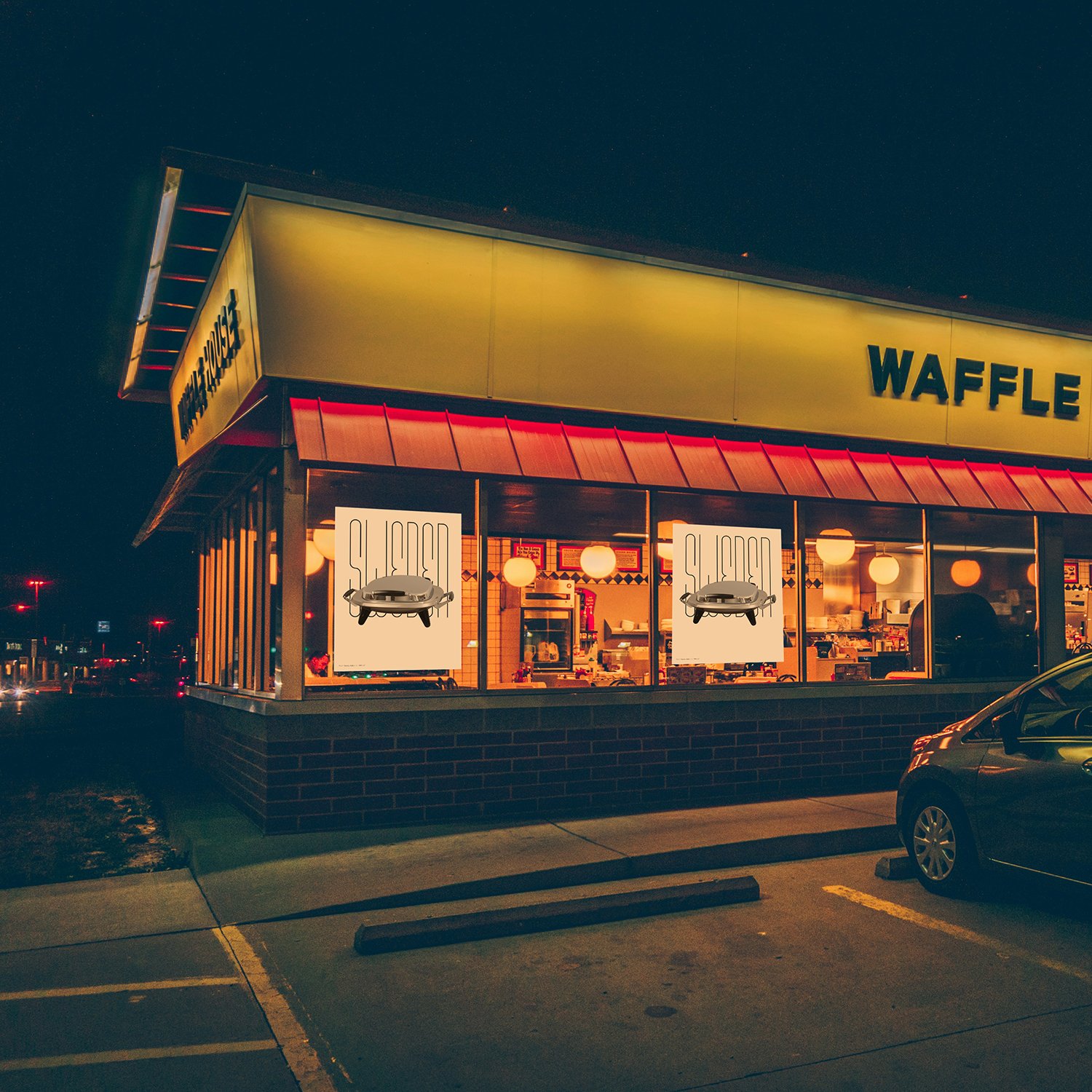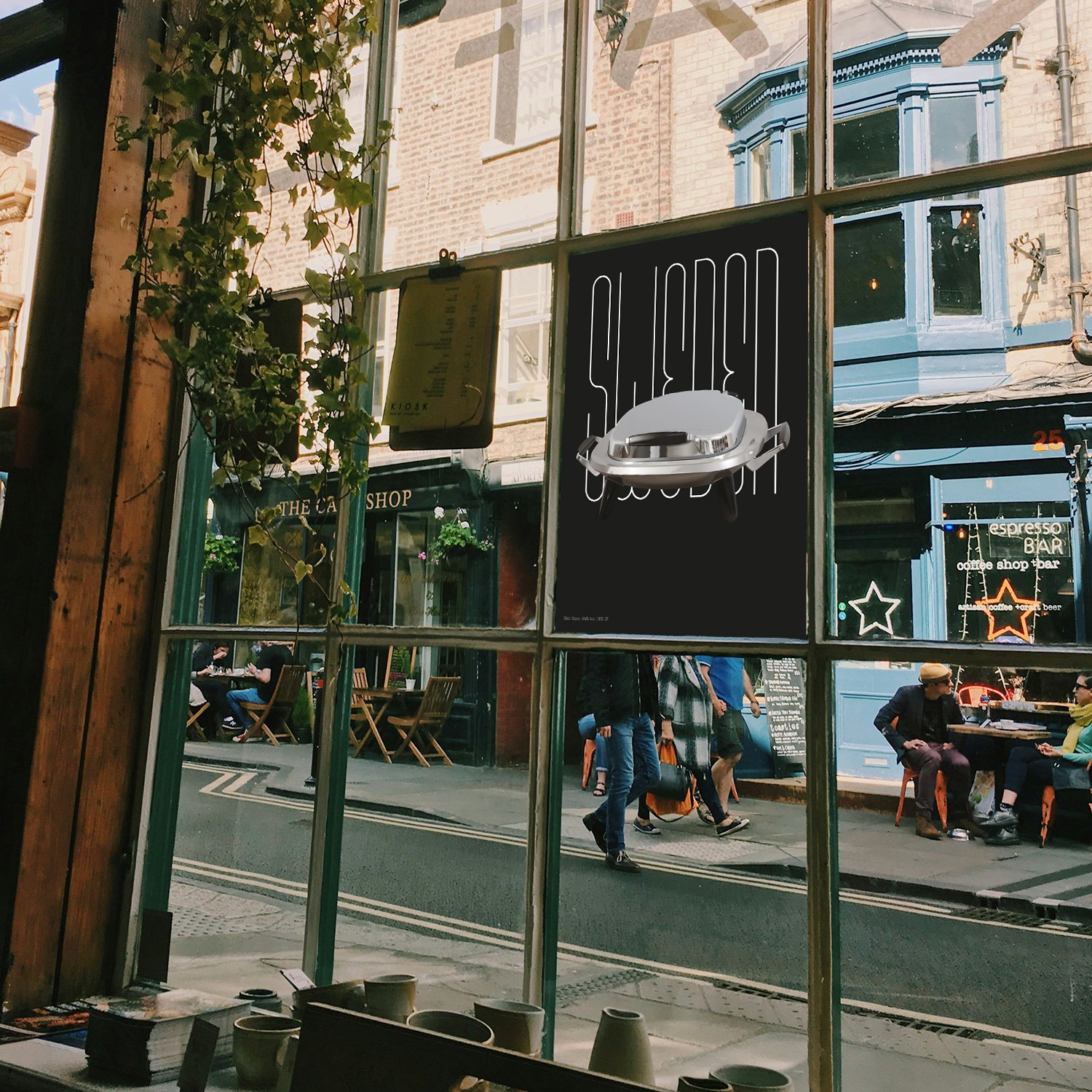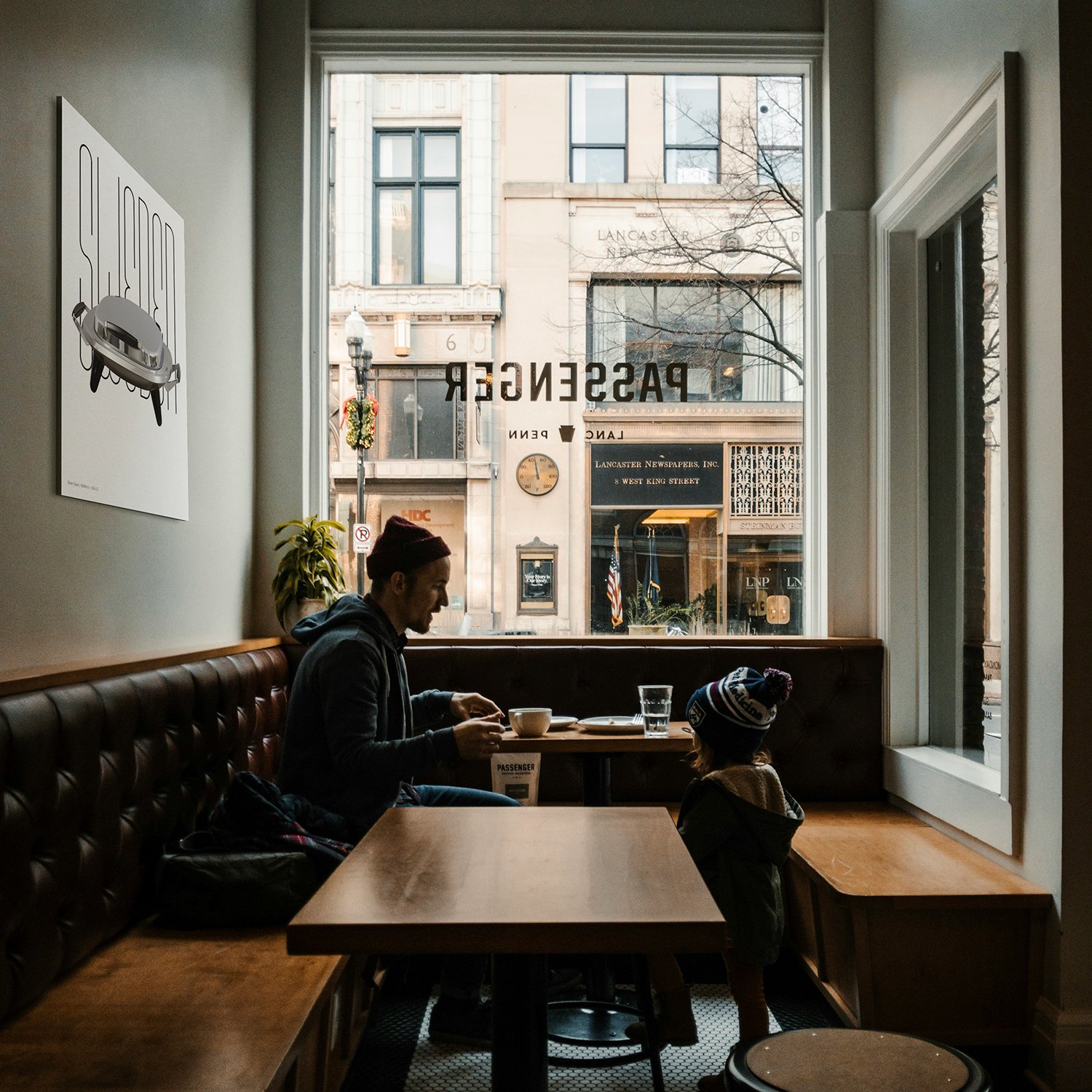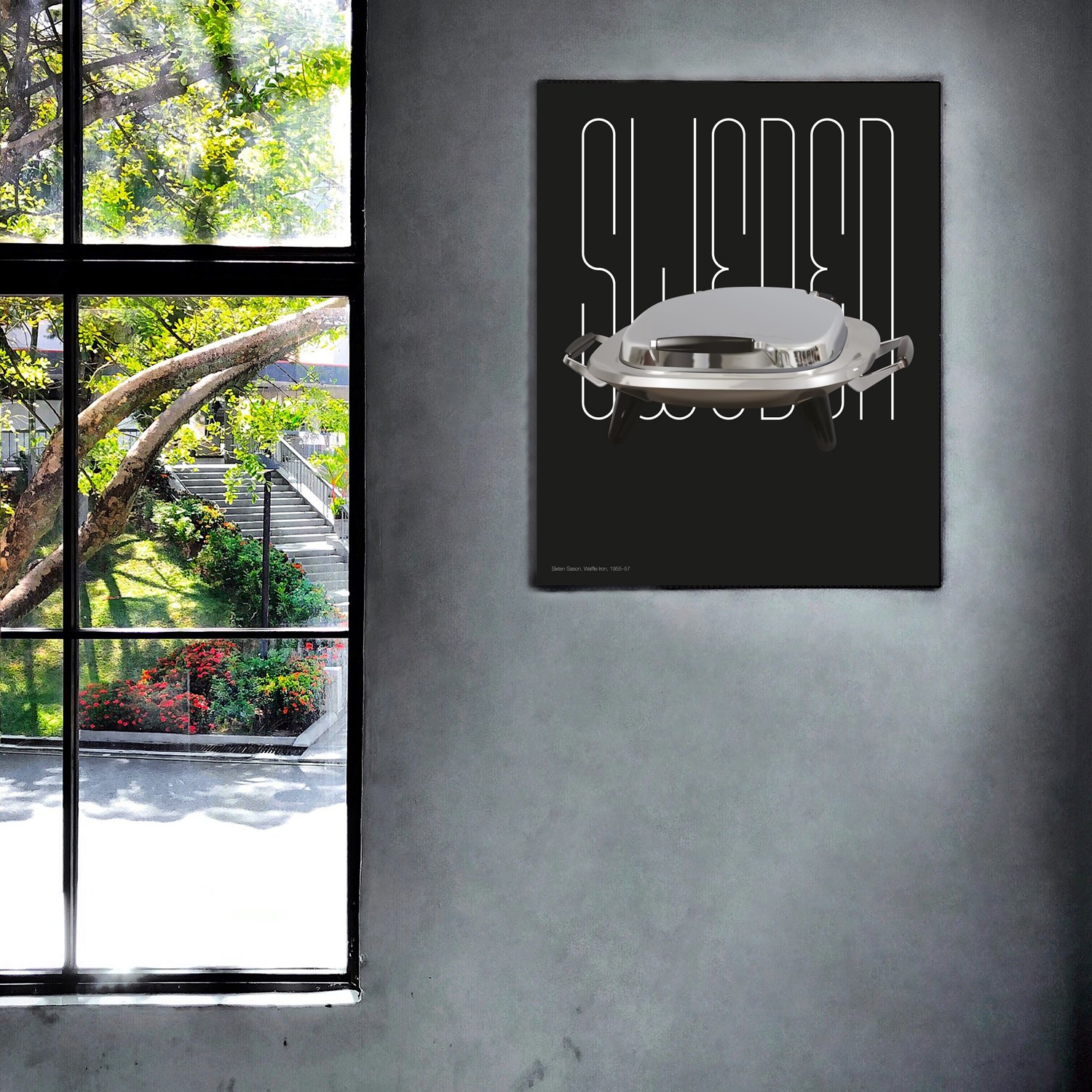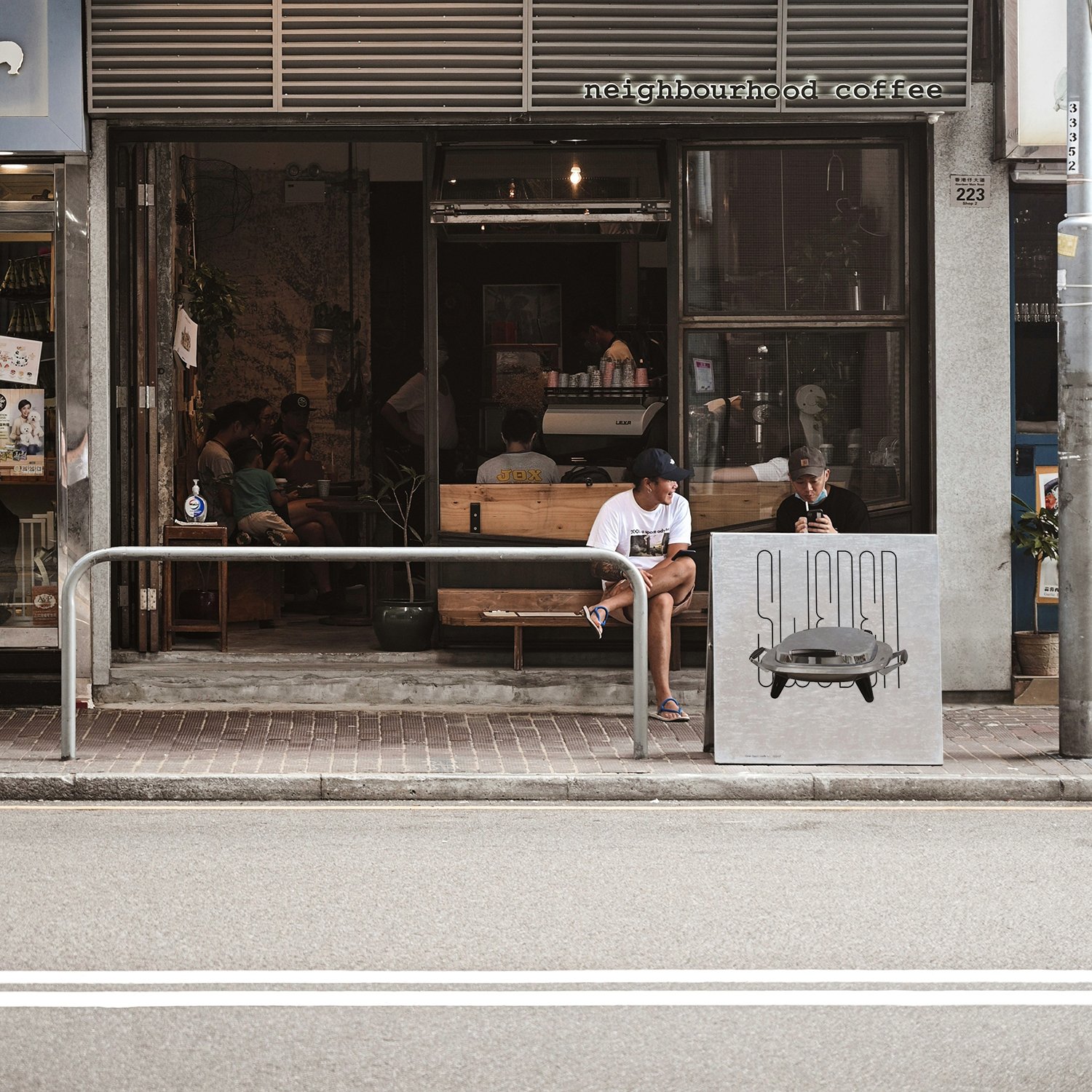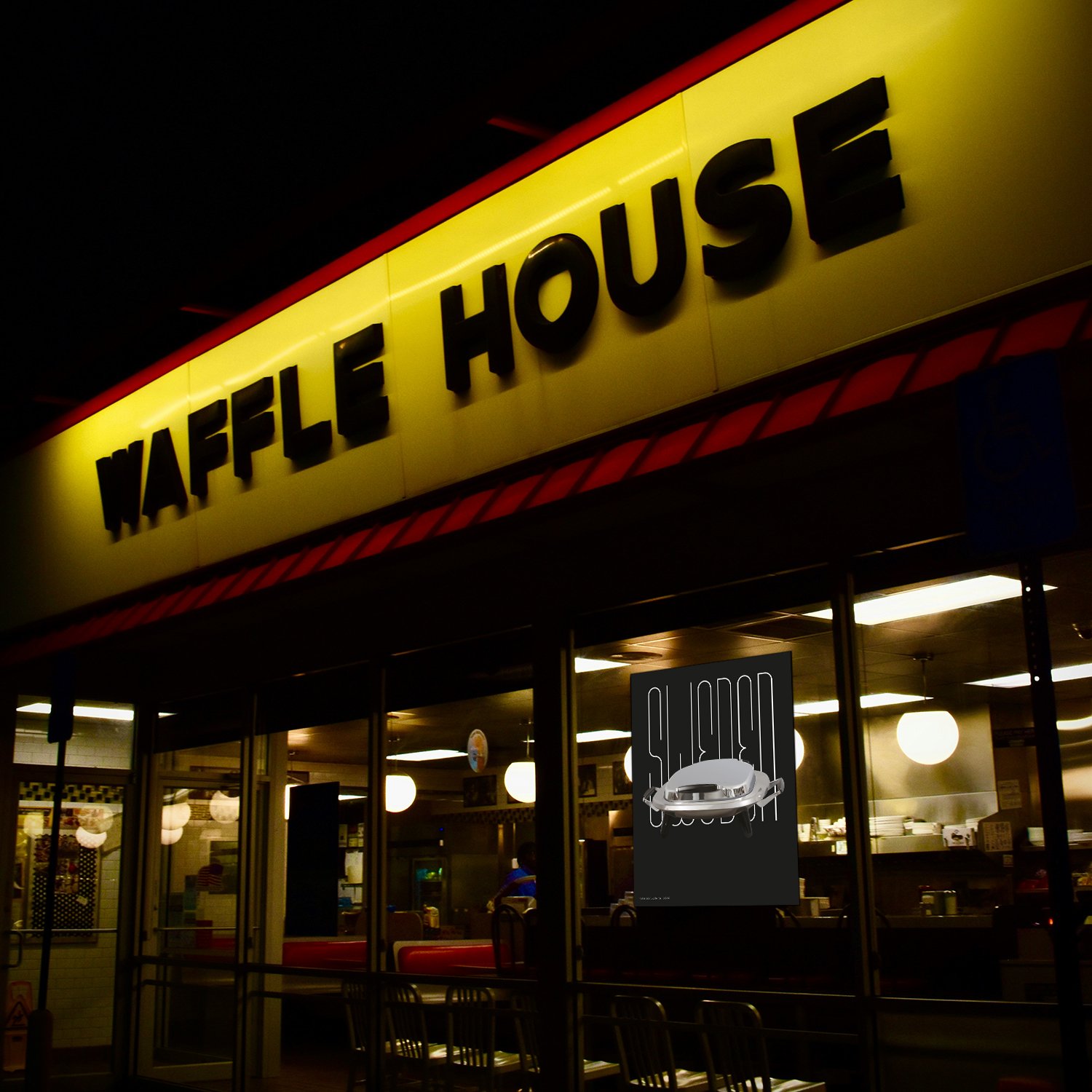In 1898 an American engineer, Jennings Stockton Cox, led a mining exhibition in the small town of Daiquiri in Cuba. While entertaining guests when he ran out of gin. To keep the party afloat Cox went out and bought rum that was readily available in Cuba. July 19 is Daiquiri Day, a perfect day to raise your glass to Jennings Stockton Cox, to Constantino Ribalaigua or to Ernest Hemingway for that matter.
THE HEMINGWAY DAIQUIRI
”El Rey de los Cocteleros”, or Constantino Ribalaigua Vert, was born in 1888 and learned the trade from his father. At 26 he tended the bar at El Floridita, at 30, in 1918, he had made enough money to buy the bar. During thirty years Constante, as his customers called him, invented more than 200 cocktails, catering to a flow American tourists. The amount of tourists coming to Havana doubled during Prohibition from 45,000 per year in 1916 to 90,000 in 1926.
One of the most famous of El Floridita’s customers was undoubtedly Ernest Hemingway. In the early 1930’s being fairly new to the city, Hemingway was on the way back to his hotel when he ventured into El Floridita in search of a restroom. Some guests were going on about their excellent daiquiris. Hemingway ordered one, then asked for another, this time with less sugar and double the rum. That was the birth of the Papa Doble (Papa after his Cuban nickname and Doble for the double amount of rum). This first version was way too strong to be enjoyed by any other than Hemingway. He boasted having had 17 Papa Dobles in one go in 1942, amounting to about 1.5 liters of rum.
Over time Ribalaigua added grapefruit juice and maraschino to the rum and fresh lime juice. Ribalaigua gave this modified Papa Doble the name Hemingway Daiquiri.
THE DESIGNER
The glass, Model I-103 was designed in 1956 by Timo Sarpaneva.
The Day of Waffles
In Sweden, the day of Annunciation is called Marie Bebådelsedag, (Mary’s Annunciation), or Vårfrudagen (the Day of our Lady). Vårfrudagen pronounced quickly became Våffeldagen, meaning Waffle Day, and all of a sudden this Christian celebration became a very secular waffle feast instead. At least that is the commonly accepted theory.
Waffles came to Sweden from Germany during the 17th century and have been enjoyed by Swedes ever since. Considering how expensive a waffle iron was in the olden days it remained a treat for the upper class for a very long time.
The first time waffles became associated with Annunciation was in 1867, in the region surrounding Gothenburg. It seems to have been a bit of a joke connecting the two, even from the beginning and the rather more plausible reason for the waffle feast was that it was a holiday and during holidays everyone tends to treat themselves to something nice.
Sixten Sason is one of Sweden’s most recognized industrial designers, mostly known for his streamlined designs for the Saab 92 and Saab 99. He also made several products for the kitchen ware company Husqvarna, amongst others the Waffle Iron, designed in 1957.
The Cuddle Bowl
The Brazilian-Italian architect and designer Lina Bo Bardi was born in Rome in December of 1914 as Achillina Bo. Early in her life she decided to study architecture during a time when architecture schools accepting women were few and far between. She ended up studying at the Rome College of Architecture where she graduated in 1939. After school in 1942 she opened her own office in with a school friend but with the onset of WWII there weren’t many openings for architects and she had to take on jobs as a writer and illustrator for the Italian architecture magazine Domus.
During her time at Domus she was sent to Rome to interview an art historian called Pietro Maria Bardi. Despite her being part of the resistance and Pietro Maria Bardi being an ardent supporter of Mussolini they fell in love. After the war they had no other option but to flee the country for São Paulo, Brazil where Pietro had been commissioned to head an art museum.
Coming to Brazil the couple immediately immersed themselves in the Brazilian cultural scene and Bo Bardi was enthralled by the country’s modernist architects like Oscar Niemeyer and Lucio Costa.
In 1951 she designed and built one of her most celebrated works, Casa de Vidro (the Glass House) in the outskirts of São Paulo for her and her husband. Here she stayed until her passing in 1992.
That same year, 1951, she designed the Bowl Chair. With her own design vision calling for “a process of humanization of art” she made the chair “in relation with the proportions of the human body”. The semi-spherical seat can be moved independent of the steel frame making it recline to whatever position the sitter prefers. In 1953 it was featured in the US magazine Interiors where it was described as a “cuddle bowl”.
Swedish Glass Design At Its Best
The world famous Orrefors Glassworks started in 1898 replacing an iron works from 1726 in the small village of Orrefors in the middle of the great woodlands of Småland in the south of Sweden.
In 1913 the glassworks were bought by Johan Ekman and Orrefors started producing cut crystal and advanced artful glass using overlay technique with etched decor. It didn’t take the management long to realize they needed artists and designers as well as great craftsmanship. Just three years after acquiring the factory two Swedish design legends were hired, Simon Gate in 1916 and Edward Hald in 1917.
The two artists started almost immediately to work with advanced engravings and creating glass with the Graal technique, developed by Orrefors’s master glassblower Knut Bergqvist. The Graal technique means that a colored layer of glass is encased by a transparent layer. The glass is let to cool down before being engraved or etched, then reheated and blown into its final shape.
The designs were so successful that both Gate, Hald and Orrefors were awarded the Grand Prix during the Paris Exhibition in 1925.
The same year, after finishing design school in Gothenburg, a future master in glass design, Nils Landberg was recommended to start studying engraving in Orrefors. Two years later he became part of the glassworks team, first as an engraver but in 1936 he became a designer in his own right. Undoubtedly his most famous designs are the Tulip vases from the 1950s made in a vast number of sizes, shapes and colors. These vases earned him the gold medal at the Trienniale di Milano in 1957.
Orrefors has kept finding incredible designers over the years making the company and Swedish glass known all over the world.
Happy Valentine's Day
Time to celebrate your loved ones whoever they may be. Friends, family, pets, corner shop employee, pizza delivery person, coffee shop barista, dog walker or stranger. Just spread some beautiful love and enjoy the design of the Verner Panton Heart Cone Chair from 1958.
Jaguar E-Type
The story of the Jaguar E-Type starts in 1957 when Malcolm Sayer made a prototype called E1A.
Malcolm Sayer was an aircraft engineer turned automotive aerodynamist. Mr Sayer spent twenty years working at Jaguar Cars and developed not only the E1A and the E-Type, he also made the early style guidelines for the Jaguar X-JS. Thanks to his career as an aircraft engineer he was one of the first apply streamlined aircraft aerodynamics to cars.
The E1A was slightly smaller than the E-Type with a 2.4-liter engine compared to the final 3.8-liter. The E1A was designed with an independent rear suspension, a feature so great Jaguar used it in its models for 4 decades.
Before the launch in 1961 the car had been refined and made larger due to the importance of the American market.
When the Jaguar E-Type was launched at the Geneva Auto Salon in 1961 it completely stole the show. Even Enzo Ferrari called it the most beautiful car in the world. It wasn’t only the design that made the car so popular, it retailed for a mere £2097 for the Roadster and £2196 for the Coupe, half price compared to its competitors. So the fact that the promised top speed of 150 mph for the standard production cars was a bit of a stretch didn’t seem to bother the customers.
The Jaguar E-Type was continually developed and updated and stayed in production until 1975 when it was replaced by the XJ-S.
Roteron Helicopter
Alvin Lustig was a legendary graphic designer, industrial designer, interior designer and architect. Personally Mr Lustig disliked being labeled, something he thought being limiting, and he simply called himself a designer. But the fact remains that he was a multi diciplinary super designer that didn’t fear any projects and produced amazing end results.
Lustig was born in Denver in 1915 and brought up in Los Angeles where his father worked in the film industry. As a teenager Lustig showed a talent for making puppets and staged shows as a magician. He soon spent more time making posters for his shows than focusing on the show itself and left his career in magic for one in graphic design.
He studied graphic design for a year in Los Angeles before studying for Frank Lloyd Wright at his Talesin Estate in Wisconsin. After a mere 3 months however Lustig had enough of sitting by the master’s feet and he returned to LA. Without the education he was looking for he struck up a friendship with architect Richard Neutra who gave Lustig access to his private library of modern architecture and design.
From the late 1930s to the early 1950s Lustig designed chairs, cabinets, tables, lamps textiles and interiors. His own design studios rendered him many feature articles in architectural magazines, a great feat considering he was essentially self-taught.
In 1937 Lustig opened his first studio in Los Angeles and it didn’t take long until he was known for his book-design. This led to a commission to make book jackets for New Direction, where he created his most well known work.
Through a close friend from college, the engineer William H. Thomas, Lustig who now had made a name for himself as an industrial designer, was commissioned to design a mini helicopter for the Roteron Company. The idea was to make a small, one-seater, affordable helicopter selling for only $2,800. To save on both cost and space it was decided to put the engine between two coaxial rotors.
Being able to pull this off, taking on a design task that was totally alien to him, is, if anything, a testament to Mr Lustig’s talent and genius.
Alvin Lustig sadly suffered from diabetes making him blind at the age of 39 and tragically led to his death at the age of 40.
November exhibition
During the gloomy month of November eight of the cocktail collection prints are exhibited at Nockeby Bageri in Stockholm. Take some time to enjoy their amazing baked goods while you learn how to make some great cocktails and drinks.
A perfect drink for your Friday Zoom cocktail hour
Here is a great recipe for a Zoom cocktail hour, the classic Satan’s Whiskers. It looks advanced, meaning everyone will be impressed, but is actually quite easy to make. If you don’t have all ingredients in your home bar, check our other cocktail recipe posters here.
Satan’s Whiskers
2 parts orange juice
2 parts gin
2 parts Italian vermouth
2 parts French vermouth
1 part Grand Marnier
1 part orange bitters
Shake well and strain into cocktail glass. The one on illustration being Tapio Wirkkala’s Tapio, designed in 1954.
Stay safe!
Spritz Veneziano
The Spritz Veneziano, also known as Aperol Spritz, served up in a Smoke glass designed by Joe Colombo 1964.







